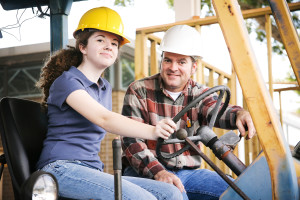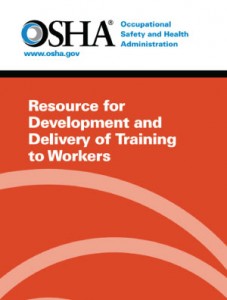Sometimes Safety is Best Achieved by Somebody’s Daughter
By Debbie Dickinson
Between Thanksgiving and the New Year, there are opportunities to stop and reflect on what is important to us an individuals, as project and team leaders, and as companies. Crane Industry Services is thankful for the people we’ve worked with this past year, who share the common goal of keeping America’s workforce safe.… Read more...


 More than 100 OSHA regulations contain requirements for training. A new comprehensive guide called “Training Requirements in OSHA Standards,” organizes all of those requirements into five categories: General Industry, Maritime, Construction, Agriculture, and Federal Employee Programs.
More than 100 OSHA regulations contain requirements for training. A new comprehensive guide called “Training Requirements in OSHA Standards,” organizes all of those requirements into five categories: General Industry, Maritime, Construction, Agriculture, and Federal Employee Programs.